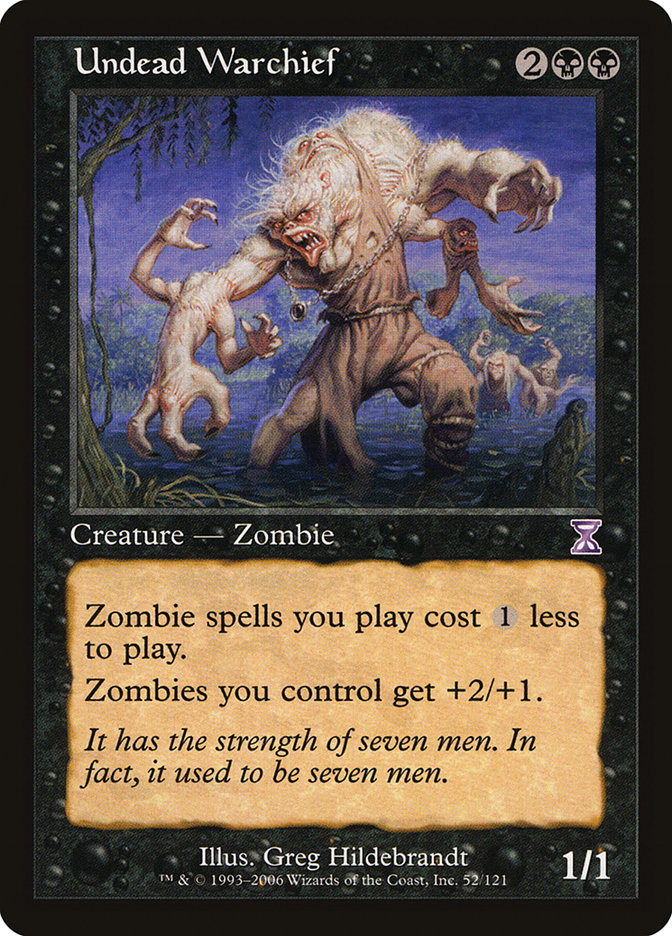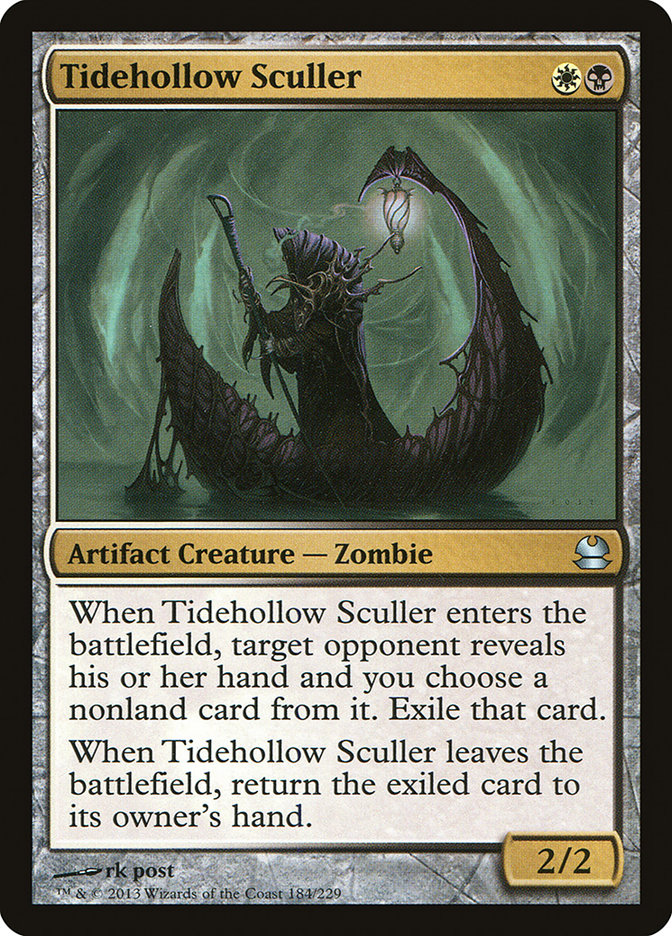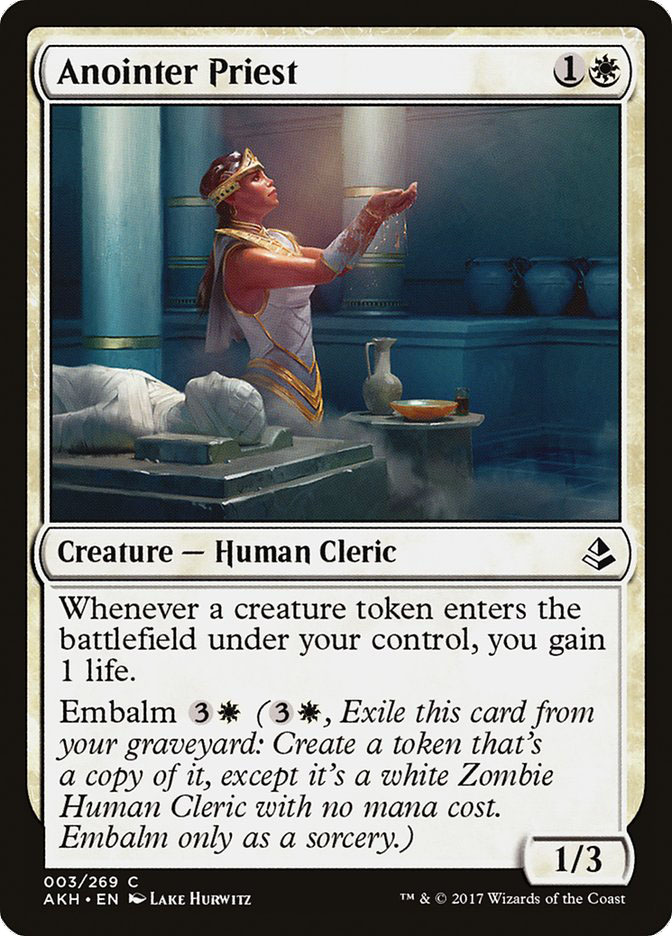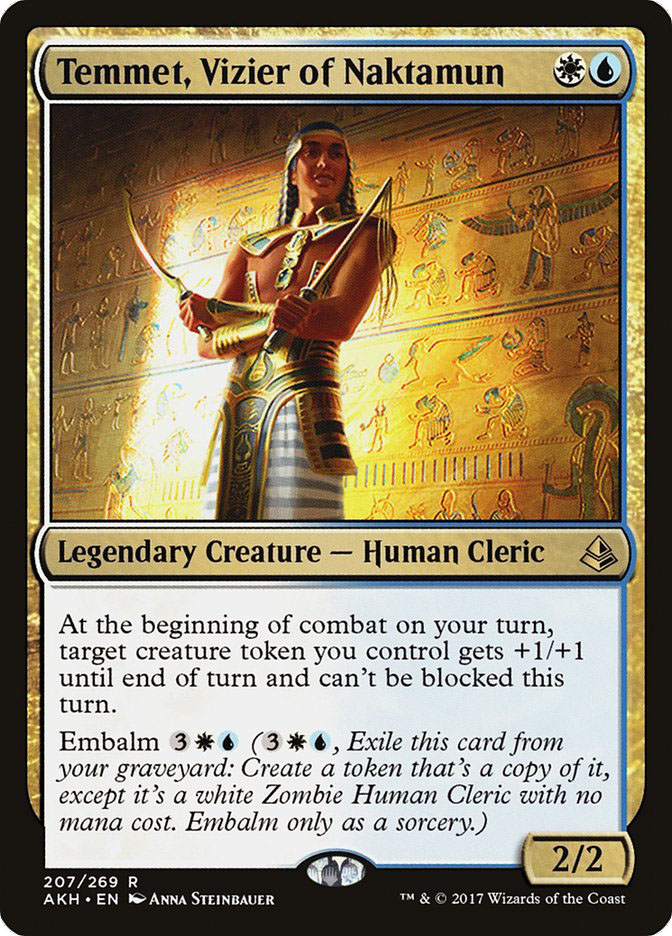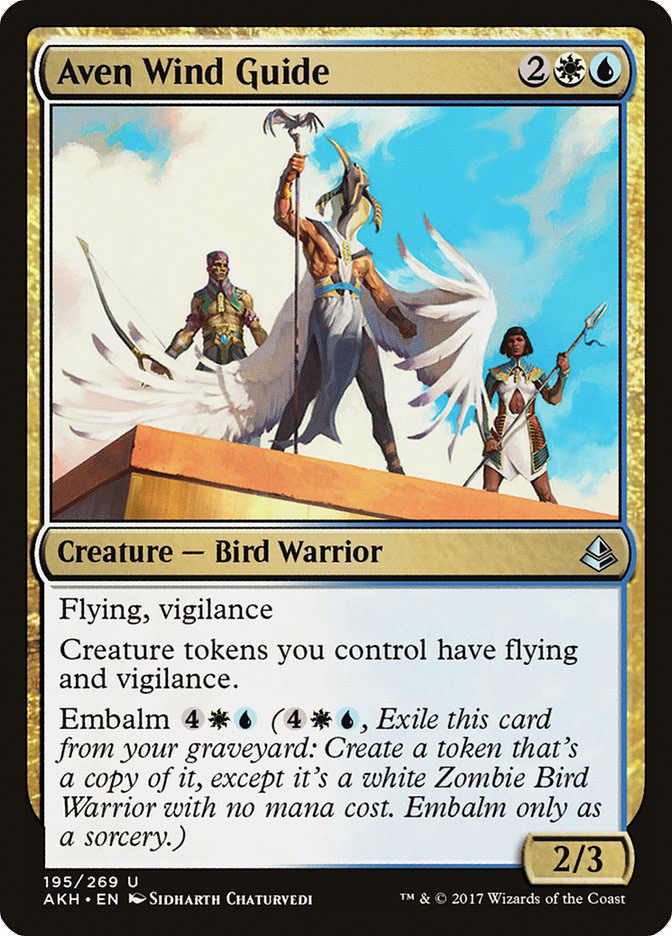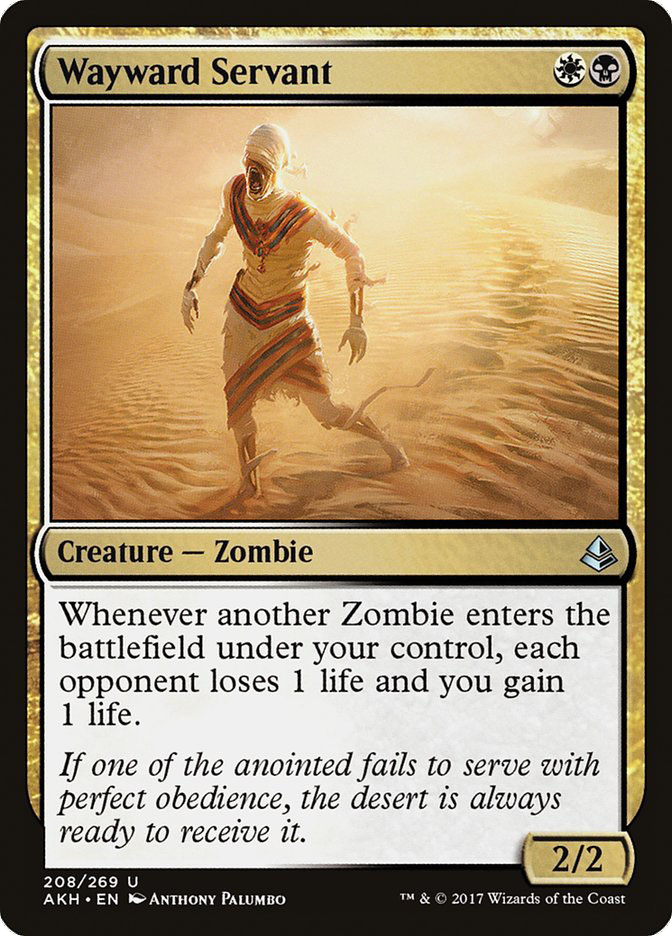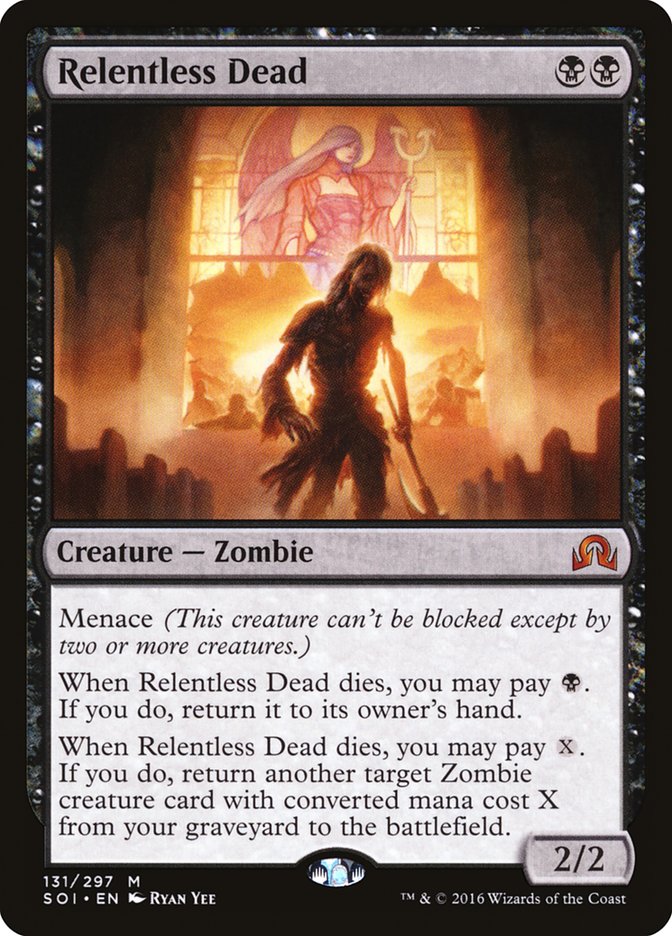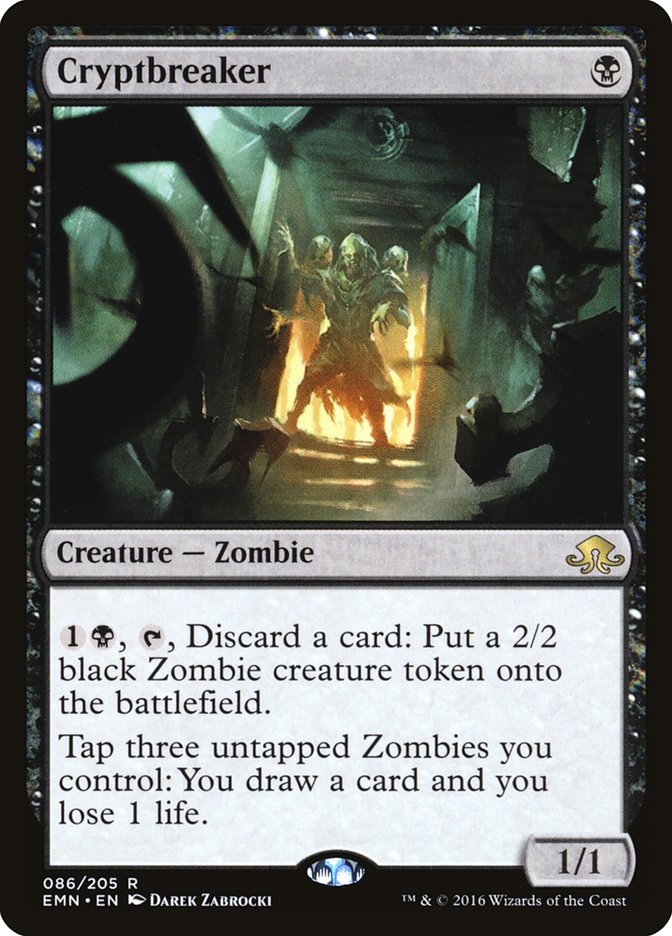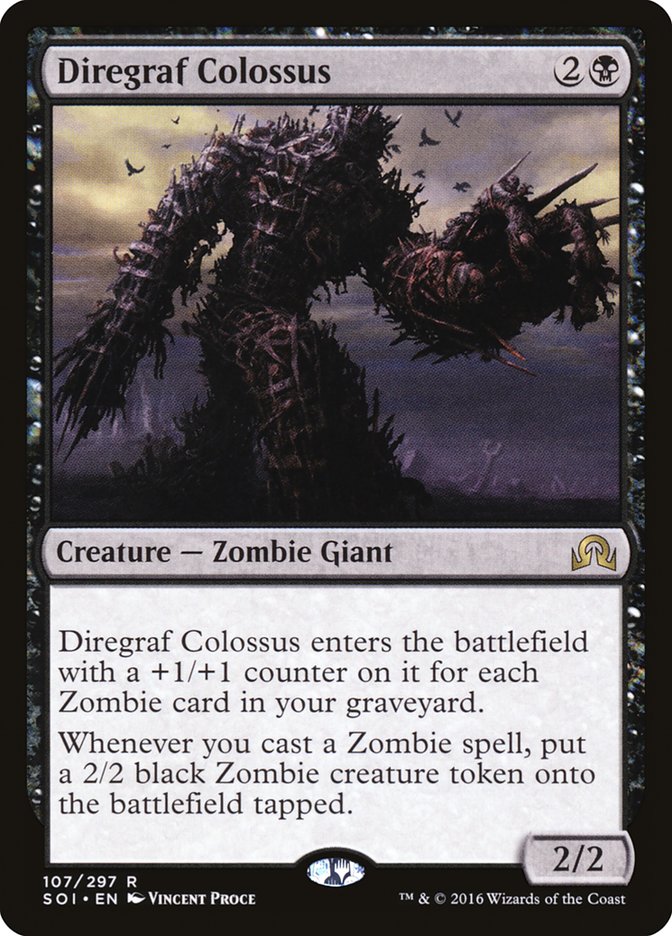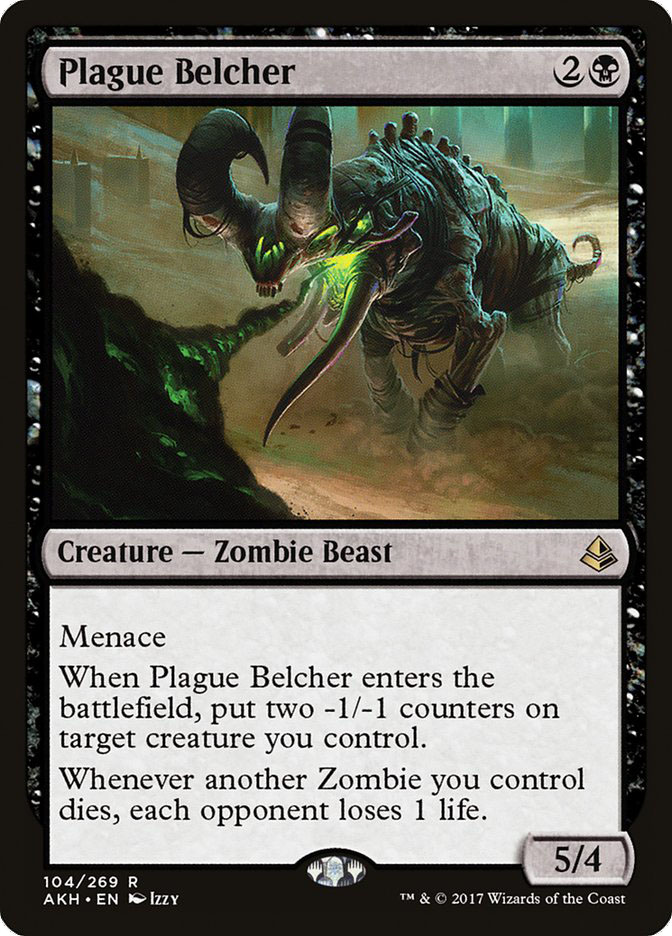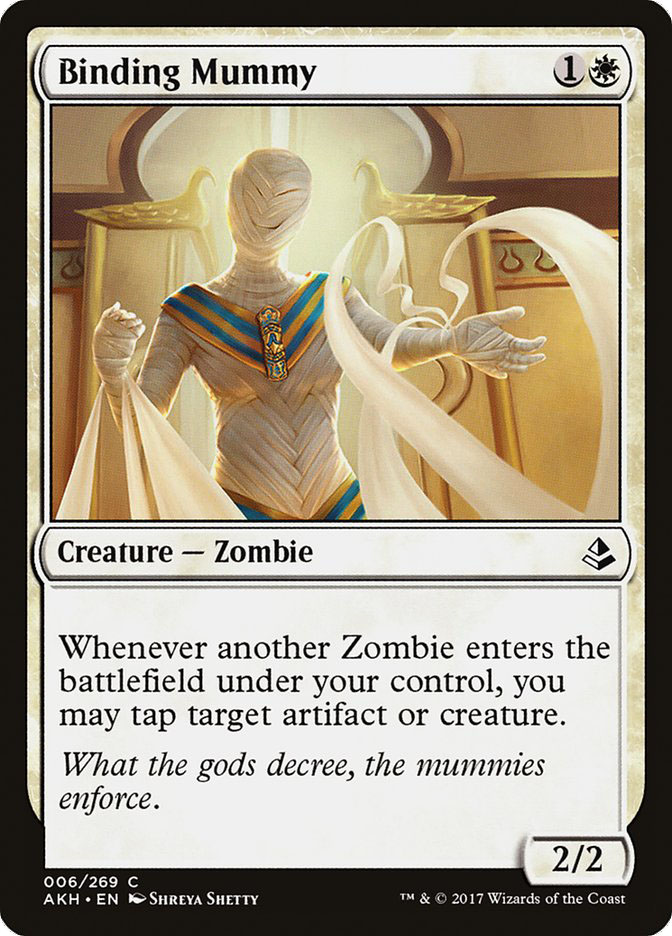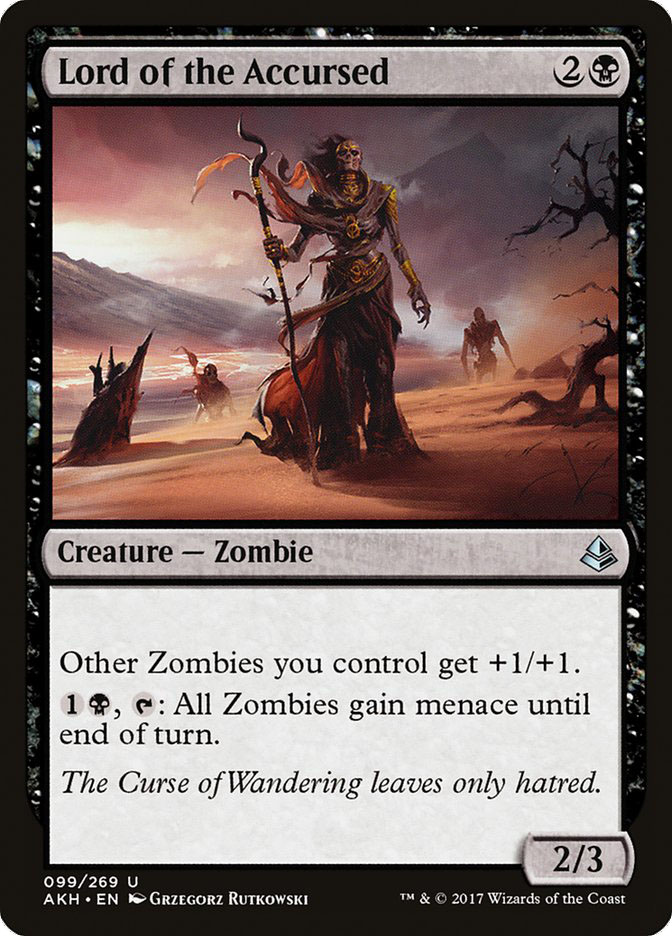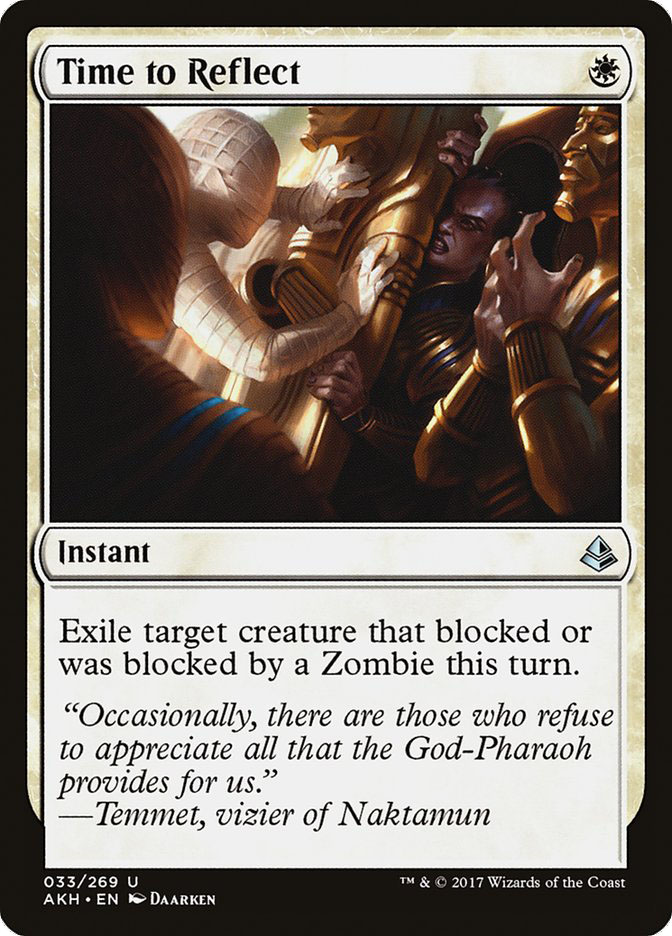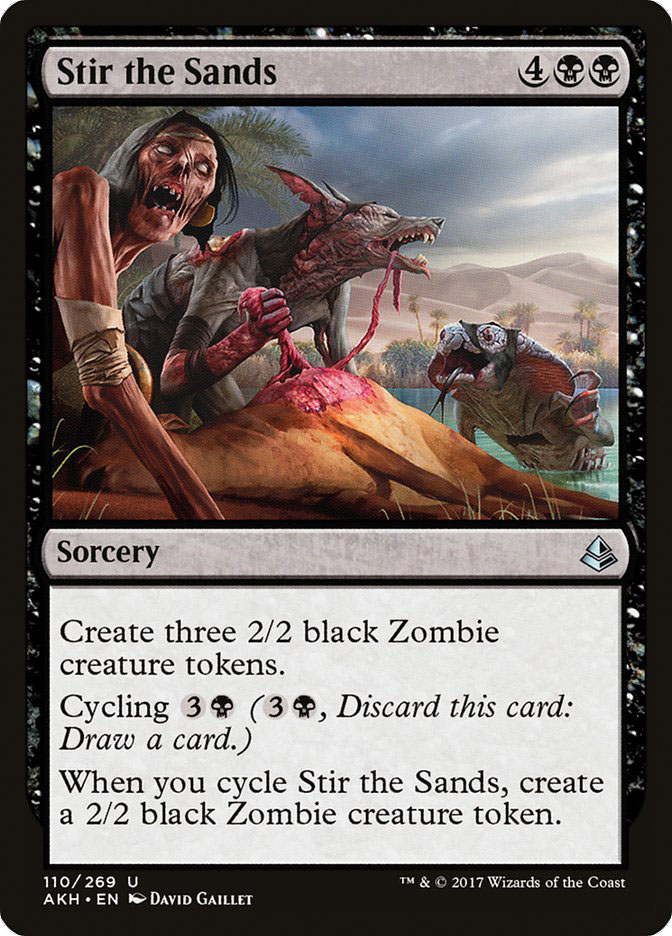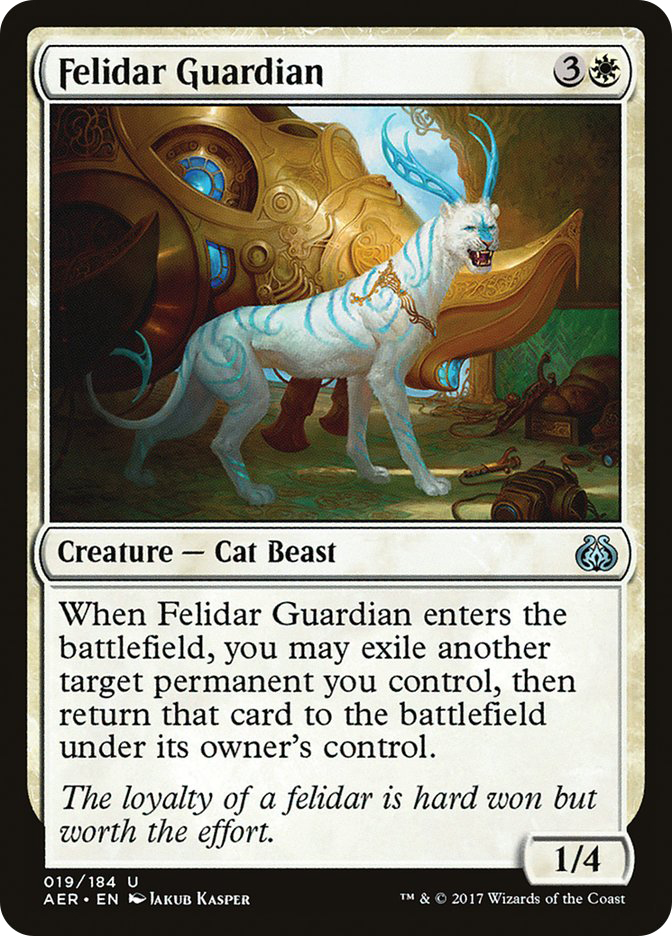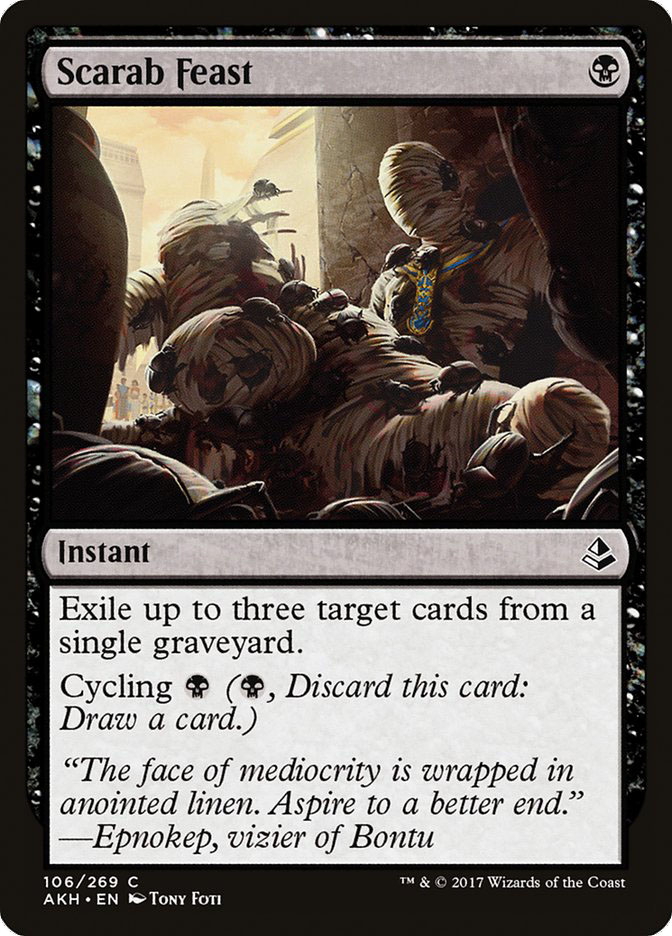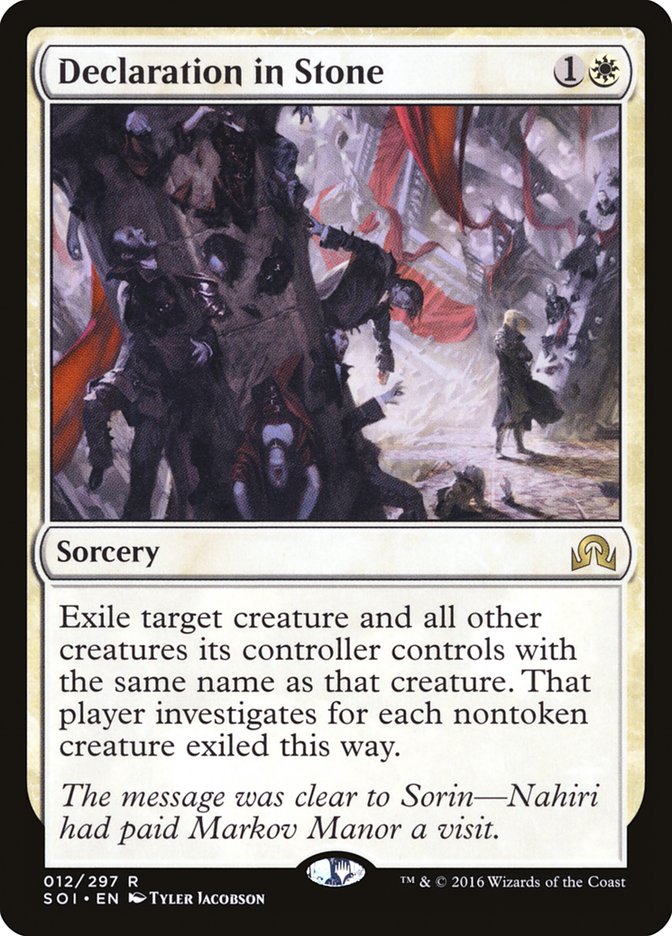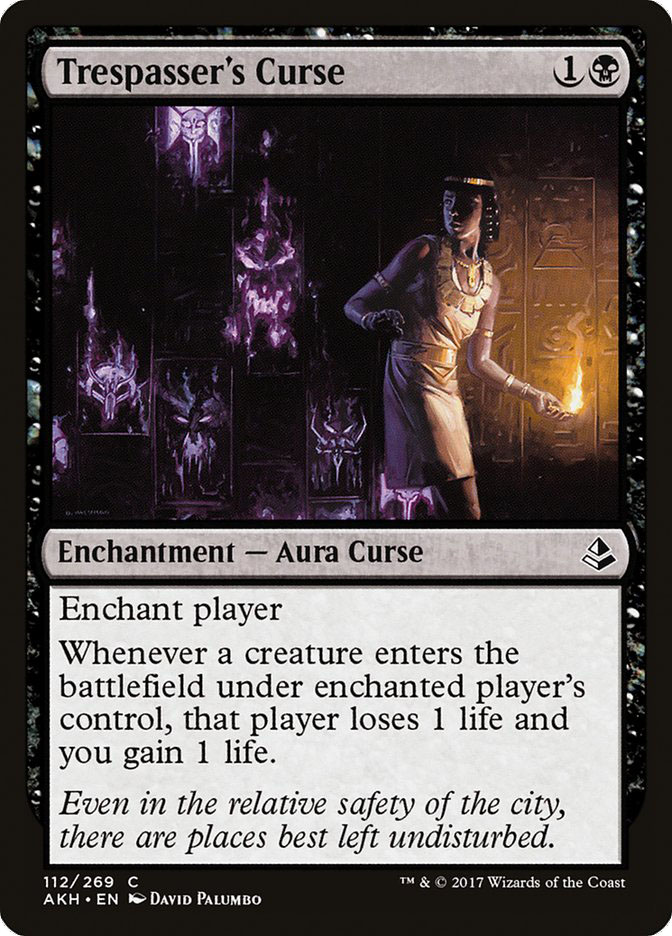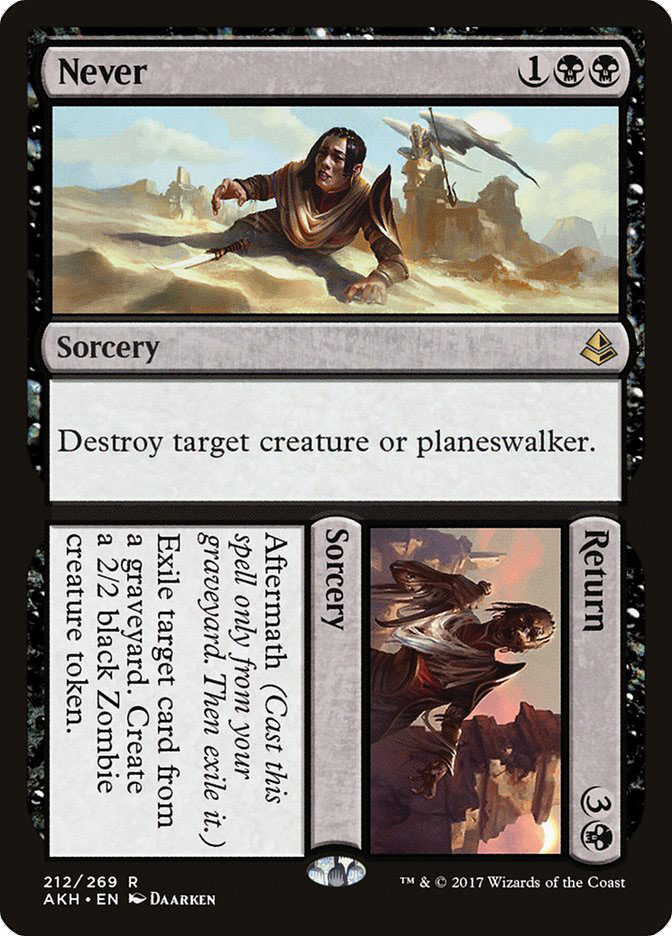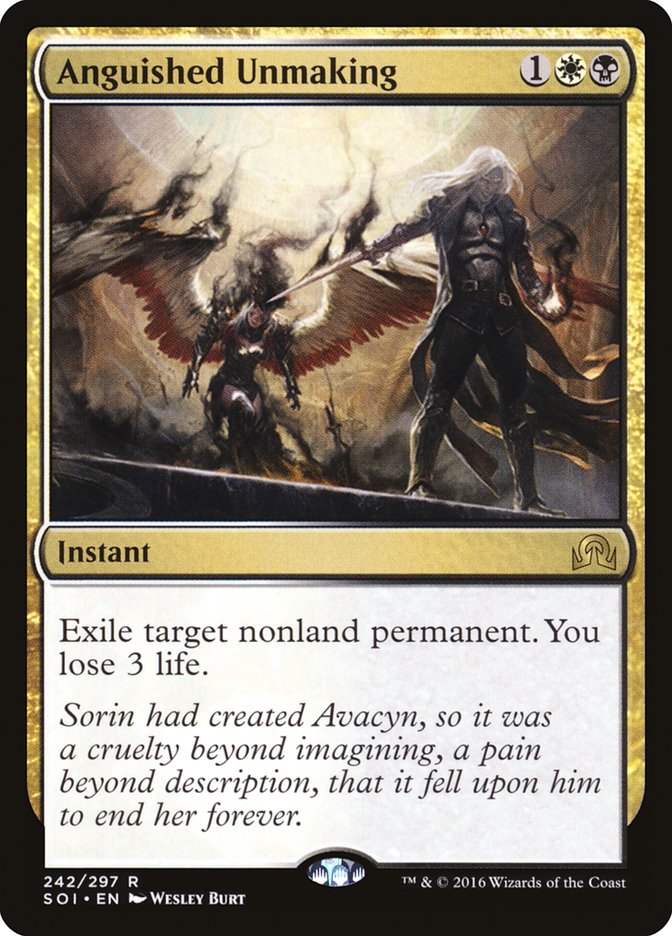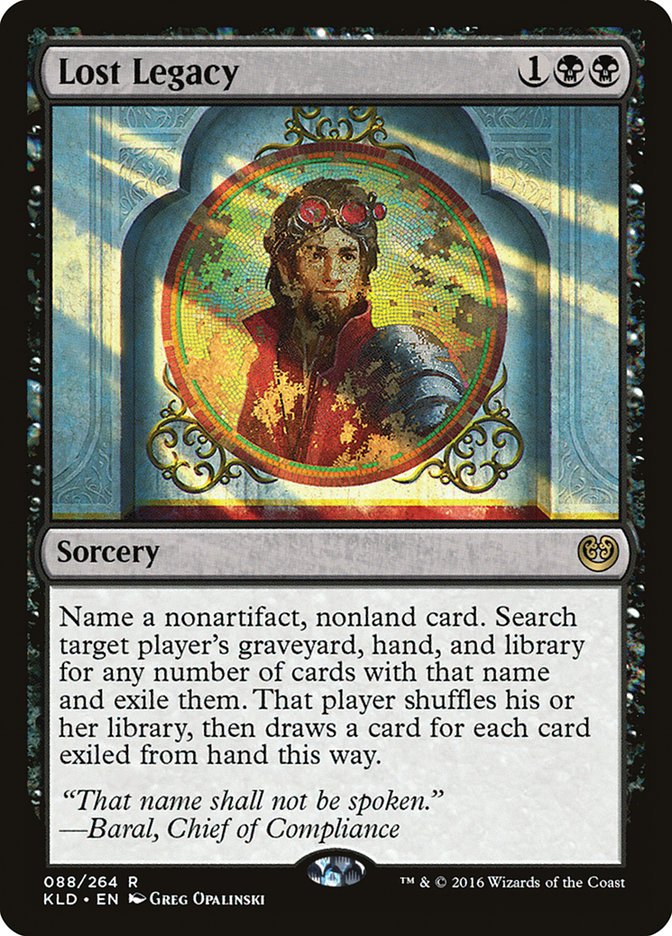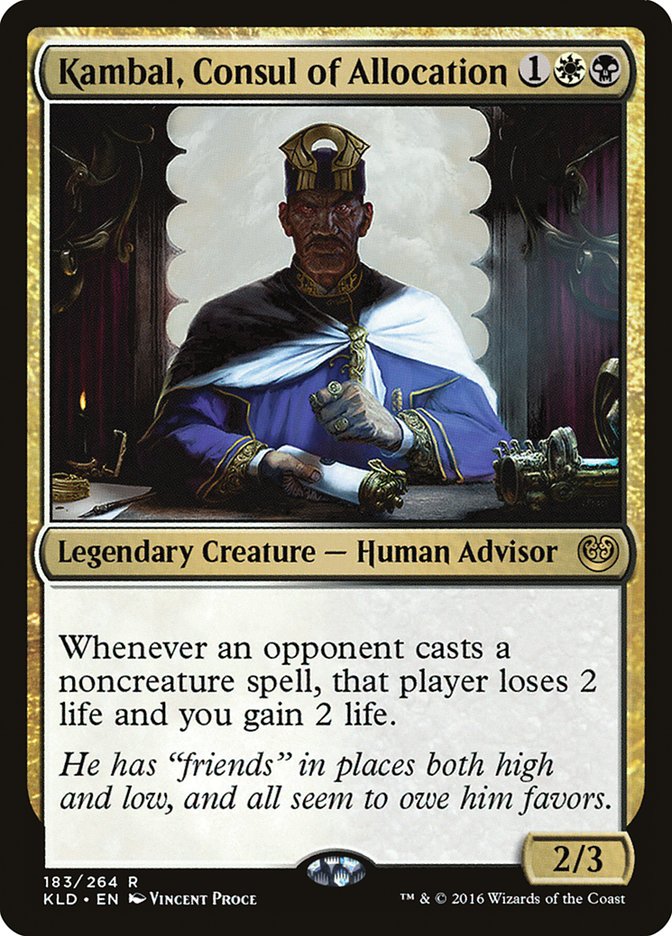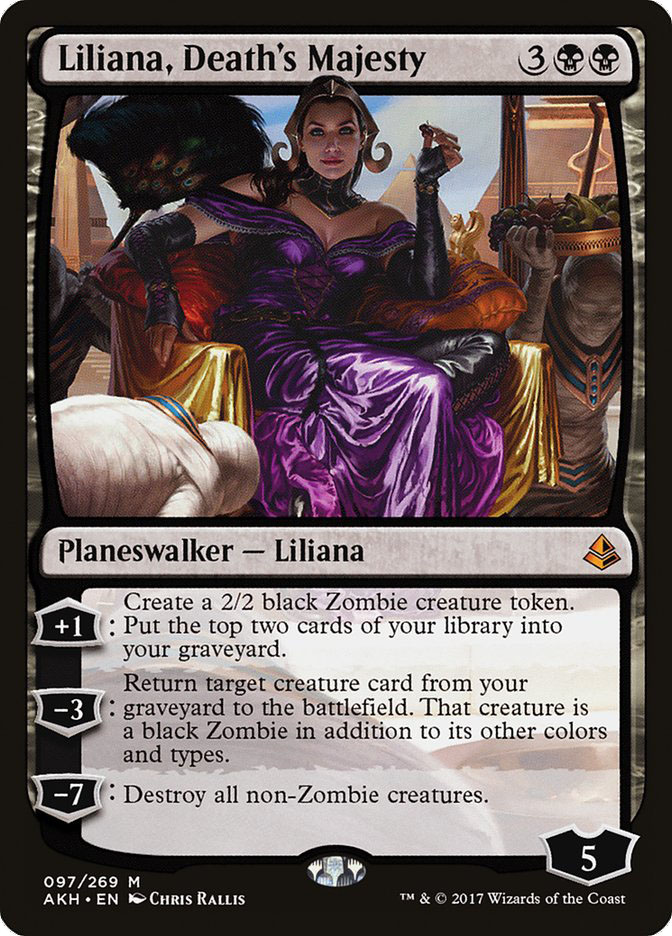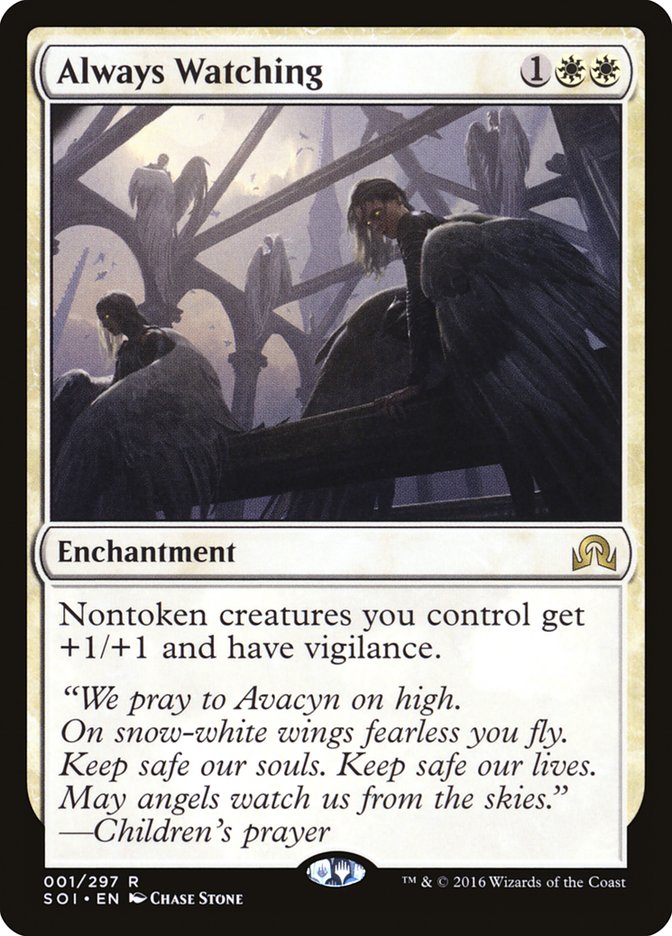It doesn’t take much to dig up a fan favorite.
Zombies, both as a tribal archetype and a deck style, have been around for the majority of Magic’s history. The modus operandi of Zombies is straightforward: create lots of decently powered, relentless creatures that can survive the savage beatings of a control deck. It may not be fast, but it’s consistent; Zombies have a certain tenacity and resilience that most wide, aggressive decks won’t have.
Amonkhet brings a new take on Zombies to the fore, bringing them brazenly into white with Embalm and a focus on creature tokens.
Embalm is an excellent mechanic for Limited; I’ve seen it described as “Flashback for creatures,” and that’s exactly it. There are many Embalm creatures in Amonkhet, and I’m sure Hour of Devastation will bring some more. At a cursory glance, I think most Embalm costs are a little steep, but the flexibility and power of the graveyard will ultimately define their playability in Constructed.
Zombies have come into Standard in that way, but I’m more interested in Zombies-matter cards. While many people will go the aggressive route at #SCGATL with Mono-Red, R/G Energy, or a white-based deck with Gideon of the Trials holding the line, I want look at things through undead eyes.
This straightforward Zombie staple perfectly embodies the Zombie archetype in 2017: it cares about Zombie creatures, it’s a 2/2, it’s black and another color, and it drains life from your opponent. Diregraf Captain drained life when Zombies died, and entering the battlefield is easier to control; the lifegain you experience is not unimportant, either. The way I see it, Wayward Servant should be at the heart of any competitive, aggressive Zombie strategy.
Thankfully for us, we have a block in Standard that loves Zombies, too, giving us plenty of options to complement Wayward Servant and its strategy.
Combined with some of Amonkhet’s other Zombies, there should be more than enough cards to drive a Zombie-first strategy that cares about two things: getting aggressive and draining life.
Creatures (26)
- 4 Relentless Dead
- 4 Diregraf Colossus
- 4 Cryptbreaker
- 4 Plague Belcher
- 4 Dread Wanderer
- 4 Wayward Servant
- 2 Binding Mummy
Lands (21)
Spells (13)

This deck has a lot of things going for it, and although it’s pretty self-explanatory, let’s talk about a couple of my favorites.
Creatures
Plague Belcher is big. For three mana, you’re getting five evasive power. Even on an empty battlefield, it’s a 3/2 menace with upside for three. It’s great to eat the 2/2 or 2/1 that’s no longer relevant in combat, and in multiples, this card gets downright silly. If you’ve played against Diregraf Captain, you know how helpless it felt to see one land on your opponent’s side with you at three life. If you don’t have Magma Spray (or Pillar of Flame, at the time), you had to get very creative with your blocking. Plague Belcher is bigger, easier to cast, and stronger when by itself. This sweeper protection and large body will make the Plague Belcher a must-have in this deck.
Binding Mummy is pretty innocuous, but the ability to tap your opponents down without spending extra mana, is excellent especially when you have a couple mana to spare. I like that it taps an artifact, too, invalidating their new Heart of Kiran or Aethersphere Harvester. It may just look like a Grizzly Bears, but this little Zombie has a role to play.
Notice what’s not in here?
I’ve found that creature Anthems are iffy at best given this format; in testing, I found that Plague Belcher was much better in more situations. If you’re 2/3 for three hangs around a turn or two, you would likely have won without it, as your opponent wouldn’t be putting much pressure on you. To me, it just feels like a way to overcommit.
Spells
Warrior’s Honor and similar effects have usually been fairly inconsequential. They are highly conditional, but the balance between cost and effect seems just good enough for this to make the cut. With an aggressive start, two mana can add six power on turn 3, making the last few points you’re looking to drain with Wayward Servant or Plague Belcher all the more deadly. Most aggressive decks are tempo decks, designed to beat you before you can draw that stabilizing spell or creature. In Oketra’s Name supports that plan. It’s a mild combat trick, but with an aggressive enough attack, it can utterly change the math.
Narrowest of the narrow, sure, but this feels powerful enough, especially given the menace potential for cards like Relentless Dead and Plague Belcher. Their clever menace block turns into a blowout in a hurry, and even blocking with a 2/2 Zombie token can make this actual Unmake. It’s nice that it doesn’t have the same flaw as a card like Reciprocate. Sideboard them out in Game 2; your opponent will still play around it.
Stir the Sands is a card I’m very interested in; out of the cycle of “resounding” spells (see Resounding Thunder, Resounding Roar, and Resounding Roar) from Amonkhet, I think this one has the most potential. Making a 2/2 is nothing special, but the full-cost mode on this is excellent as well, getting you back into the game with six power late. Combined with cards like Binding Mummy, you can tap down their entire team or, if you cycle Stir the Sands, you can tap something instantly, drawing a card and preparing for a brutal crack back the next turn. I like Shefet Monitor and Renewed Faith, to be sure, but Stir the Sands, to me at least, feels like a terrific spell that you can slot into a deck like this with a relatively low amount of risk.
Have you ever played against Gruul War Chant in Return to Ravnica Limited?
This card is rough.
Gruul War Chant granted menace and a power bonus, while this lets you spend idle turns generating Zombie token to trigger your other creatures, and that little 2/2 is now considerably harder to block. This is another one-mana blowout. If you’ve got an army of 2/2s and 2/3s that unfavorably pair up against your opponent’s forces, this fouls up the combat math utterly. Throw in a Plague Belcher and you’ve got an undead mess.
Lands
The manabase is already available; Shambling Vent still proves to be one of the best creature-lands in Standard. While normally susceptible to an idle Fatal Push, your opponent will be burning those up on Wayward Servant and Plague Belcher, leaving them out of resources to stop your life-gaining Elemental. I did want to try Cradle of the Accursed. I’m fairly sure it’s too slow and too expensive, but again, this is a tempo game. In a late-game turn, I can see playing two one-drops, cracking this, and passing the turn, making your opponent think twice about sending in the team. Renegade Map, while not a land, triggers Fatal Push for us as needed and continues to provide access to one Plains as needed while dedicating sufficient landmass to Swamps.
Sideboard
The king is dead. Long live the king!
With the news of Felidar Guardian’s banning rocking the Standard community, we’ll all have to adjust our sights for this weekend’s Standard tournaments. I believe that Wizards of the Coast had no intention of banning Felidar Guardian (or at least not right then) when they announced the blank banned list for Standard on Monday, but this banning needed to happen. Felidar Guardian has plagued Standard for too long, and I’m glad to see it go. It’ll be nice to brew with Saheeli Rai without the pretense of an infinite combo.
Until the banning announcement came down, Scarab Feast and Declaration in Stone were four copies of Trespasser’s Curse. With Standard’s troublemaker out of the way, we can choose some more specific answers. Scarab Feast may not seem too powerful, but it’s an actual counterspell for graveyard shenanigans. Declaration in Stone has been out of favor for a while thanks to Vehicles, but there are many matches where I’d love to have this little gem.
Against aggro decks, sideboard against cards that hose us. If they use sweepers to stop us, we sideboard in Wrap in Vigor. If they want to beat us down with a card we can’t normally target, Anguished Unmaking comes in. Never//Return takes care of the imminent Gideon of the Trials problem, and its aftermath side is still relevant from the graveyard, basically providing a onetime Graf Harvest activation from the bin.
The deck’s only non-Zombie creature, this little gem isn’t meant to fight. If your opponent is off to do something cute with Aetherflux Reservoir, Paradoxical Outcome, or even last week’s New Perspectives, Kambal, Consul of Allocation can keep those shenanigans in check. At the very least, they’ll have to dedicate resources to kill it. At worst, their combo collapses.
As tempting as it was to maindeck Liliana, Death’s Majesty, she’s a bit too expensive to run unless she’s going to grant you significant resistance against attrition. Her +1 is exactly what we want to be doing, triggering any Zombie-related permanent and filling our graveyard with more Zombies, making Diregraf Colossus better with each activation. Her -1 won’t necessarily be activated that much, I wouldn’t imagine, as we have no extraordinary reanimation targets in this deck, but the -7 is game over. Almost every creature and creature token in this deck is a Zombie, so this is a zero-cost Plague Wind. Have you ever gotten hit with Plague Wind in Commander? Talk about savage.
Liliana has her own enchantment that specifically helps Zombies: Liliana’s Mastery. The expense is considerable, however, and this provides vigilance, working well with cards like Cryptbreaker and Time to Reflect. The fact that it’s cheaper also lets you save your creatures from an otherwise simple sweeper, like Kozilek’s Return or Rags // Riches. More than one is usually overkill (see: Lord of the Accursed), but when you draw that one copy, you’ll be glad you had it.
It’s not too early to test this deck, and in preliminary trials, I was thrilled with this deck’s consistency and multitude of angles. There were some games where I could punish a six-card mulligan on the draw, dealing twelve damage on turn 3, while there were others where I could sit back, stockpile resources, and chip away with menace-laden creatures. Plague Belcher was hilarious, and even just one good hit from it was enough to make my opponent change their line of play.
While Amonkhet testing was still in its infancy when I started, I’m confident this deck lays some decent groundwork for a fun Zombie deck at your first FNM of Amonkhet. The cards you’d need to acquire are considerable, but these cards will hold their value for a while. I’m also not convinced we won’t see a Zombie deck won’t appear at #SCGATL this Saturday. I know I’ll have my glowing, cloudy eyes and slack jaw tuned in to check out the action.
Today’s article is actually a two-parter about Zombies and their lovable…faces; the other half will appear next week following some additional testing. Between now and then, we’ll have #SCGATL under our belts, which will give us a better idea on how things are doing in Standard and where the format is headed.
Now is the time to speculate and test! What Zombie concoction have you compiled for this weekend?


